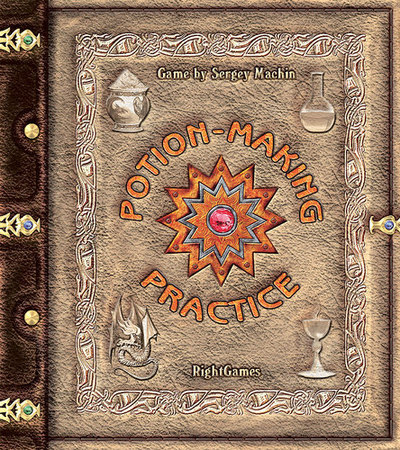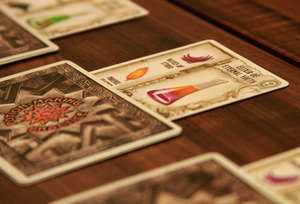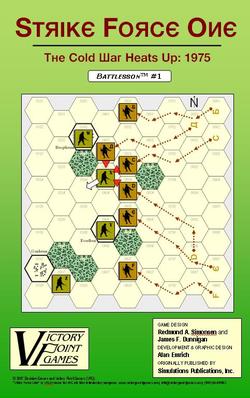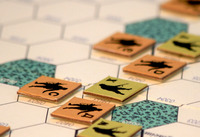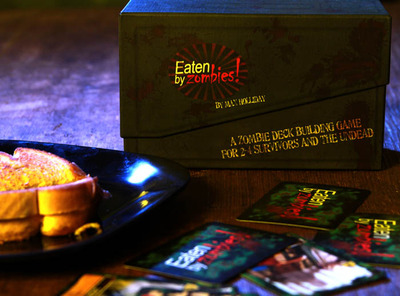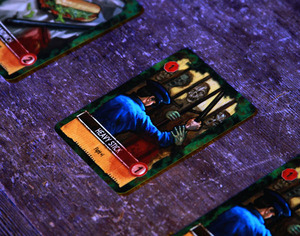Battle for Moscow - A Wargame Review
 Monday, October 31, 2011 at 01:23PM
Monday, October 31, 2011 at 01:23PM 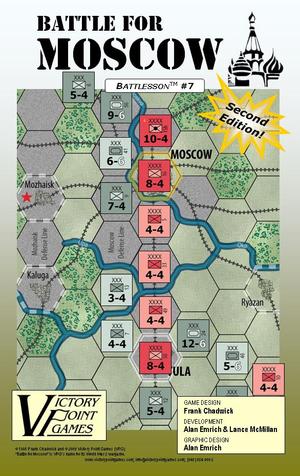
This is a review from a series of articles I am writing about my foray into wargaming. The introduction to these articles, with a bit of background, can be found: here.
My previous review in this series looked at Strike Force One, a very basic introduction to some of the main ideas found in hex and counter wargames. I enjoyed playing it, and it piqued my interest, but after playing it several times I was interested in tackling something with a bit more depth. Luckily I found just that in Victory Point Games’ printing of Battle for Moscow.
Battle for Moscow is a small, beginning level hex and counter wargame that simulates the Battle of Moscow during the start of World War II. Battle for Moscow takes the ideas introduced in Strike Force One (zone of control, retreat paths, combat tables, etc..) and builds upon them to deliver a deeper play experience. Due to this added complexity, and the actual historical setting of the game, it feels much less abstract than Strike Force One, and stands on its own as a game that can be replayed multiple times, while remaining enjoyable.
Components:
Battle for Moscow comes packaged in a plastic bag, with 40 full color double sided counters, a foldout cardstock map, and cardstock turn tracker/player aid. The 4 page rule booklet is concise, but informative, and the full color illustrations do a good job in describing the different movement and attack scenarios that the player will encounter. A welcome bonus for the new wargamer is the BATTLESSON sheet that goes into some detail about the wargaming hobby.
All of the components have a matte finish, and have been handcrafted using high end desktop publishing equipment, so the artwork on the map, counters, and in the manual is vivid and readable. The only complaint I have with the components is the fact that the handmade nature of the counters can cause the front and back of the counters to be slightly misaligned. This is purely a cosmetic concern, however, and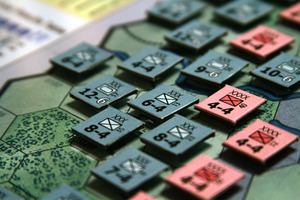 doesn’t affect actual gameplay at all. Victory Point Games is looking into upgrading the equipment they use to create die-cut components, which should alleviate this issue in new games manufactured after spring of 2012.
doesn’t affect actual gameplay at all. Victory Point Games is looking into upgrading the equipment they use to create die-cut components, which should alleviate this issue in new games manufactured after spring of 2012.
Setup:
Setup in Battle for Moscow is fairly easy: players place their pieces on the indicated hexes of the game board. Each unit in Battle for Moscow is double sided. This is one of the new concepts introduced in the game. Both sides of the unit counter have numbers printed on them, representing the unit’s movement allocation and strength of the unit. One side shows the unit’s full strength capability, while the other displays the unit’s half-strength capability. During gameplay, a unit can be damaged, but not completely destroyed; and likewise, reinforcements can be brought in to bring a half-strength unit back to full strength.
Setup for the Russian player is a breeze. He just places all of his units in the indicated hexes, with the half-strength side facing up. All of the Russian units have the same statistics, so it doesn’t matter where they are placed. The German player however, has to give some more thought to his setup process. The German player’s units are all brought in at full strength, but he has two different types of units – armored units, and infantry. Even within these two different types, units have different strength and movement stats, so initial placement for the German player can have huge implications during the game.
When a player is first introduced to the game as the Russians, looking at the initial setup can be intimidating. The German player has many more units on the board, and they are all at full strength, while the entirety of the Russian army is at half strength. This is a bit deceiving, because due to reinforcement rules, and geographic factors, the Russian player actually has a bit of an advantage. I must meekly admit that I have yet to win a game as the Germans, although I have come very close a couple of times.
 Board Game,
Board Game,  Victory Point Games,
Victory Point Games,  Wargame,
Wargame,  review in
review in  Board Games
Board Games 
